Latest

Honey bees boost crop pollination, but at a cost to wild bees
Honey bees compete with wild bees for resources in croplands, but nutritious wildflower plantings can mitigate these effects.

Injectable hydrogel helps regrow blood vessels after a stroke
A hydrogel delivers therapeutic molecules to the brain after a stroke, promoting blood vessel regrowth and aiding recovery.

Metasurfaces could shrink spectrometers, transforming how we observe the Universe
Metasurfaces to detect terahertz radiation are making spectrometers smaller, lighter, and more efficient for space travel.
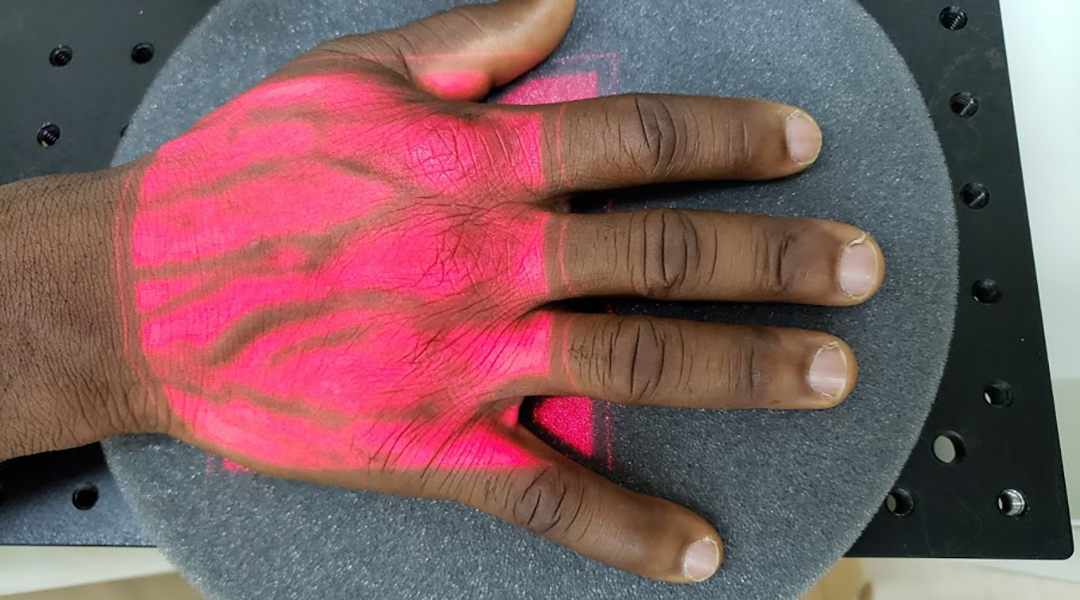
New malaria test “listens” to cells to make diagnosis
A non-invasive test uses a combination of lasers and ultrasound to detect red blood cells infected with malaria parasites with acoustics.

Black hole images deliver a deathblow to alternative theory of gravity
Images of the supermassive black holes wouldn’t have been possible if mimetic gravity was the right recipe for gravity.

Astronomers witness the reawakening of a black hole
Imagine observing a distant galaxy for years when suddenly its core begins exhibiting unprecedented changes.

The rate of human-driven global warming is at a record high
Global warming caused by human action has continued to increase, even though climate action has slowed the rise in greenhouse gas emissions.
ASN Weekly
Sign up for our weekly newsletter and receive the latest science news directly to your inbox.

An inanimate material capable of voice recognition
A thin film composed of small magnetic whirls called skyrmions performs voice pattern recognition with an accuracy approaching 99%.
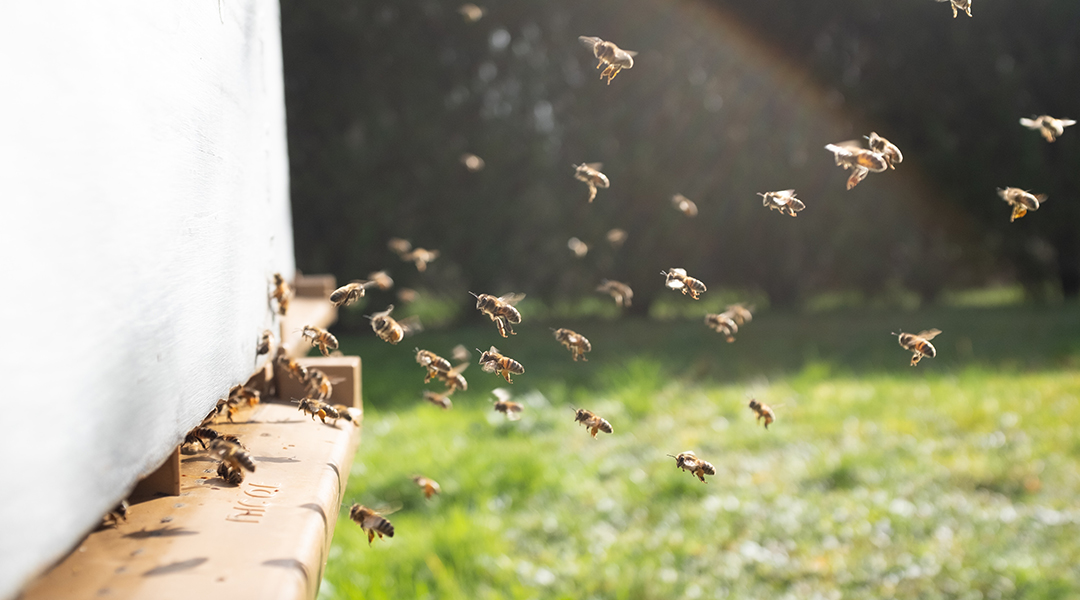
Beehive microbes hold the secrets to our cities’ health
The microbes in beehive debris vary widely between cities and neighborhoods, and could hold keys to assess the human populations’ health.

Galaxy clusters help confirm the Standard Model of Cosmology
Comparing simulated X-ray emissions from galaxy clusters to real observations provides support for the Standard Model of Cosmology.
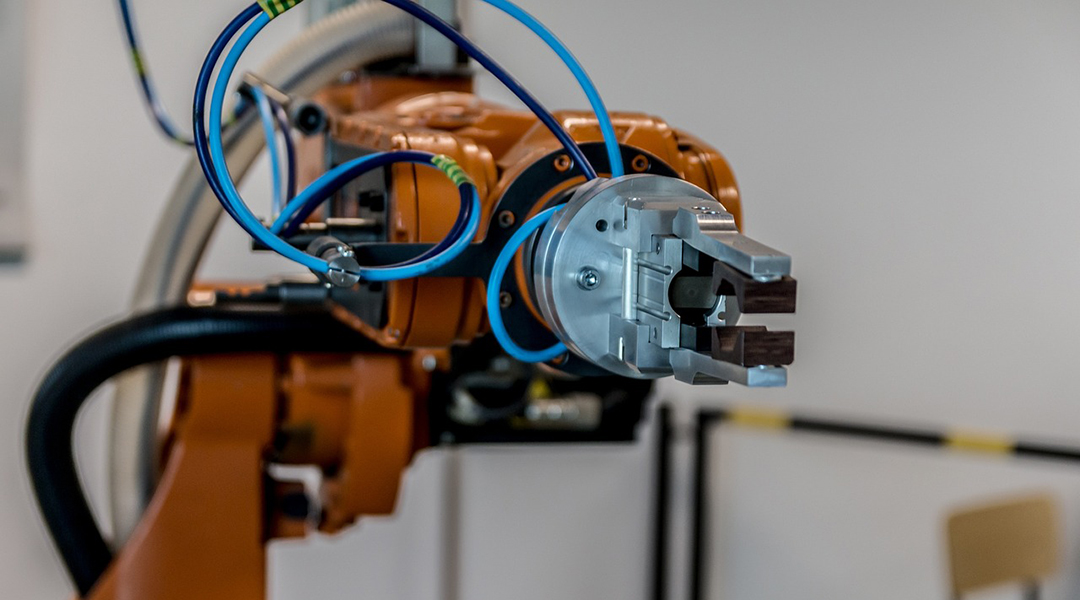
Eye tracker allows users to control robotic arm
An intelligent eye tracker allows for accurate, hands-free remote control of robots without the need for joysticks or other devices.

Treating inflammatory diseases with oxygen-scavenging catalysts
Catalysts that mimic antioxidase enzymes show promise in treating inflammatory diseases, such as gum disease, lupus, or cancer.
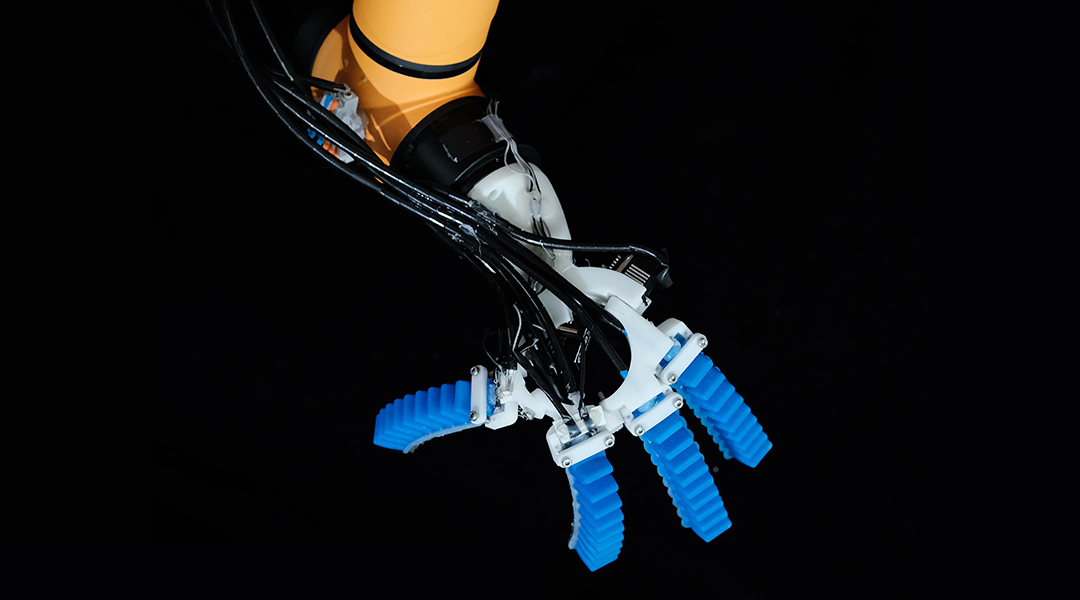
A new soft sensor gives robots the power to see, feel, and make decisions
Groundbreaking soft sensors enable robots to both see and feel, paving the way for robots that can autonomously interact with and understand their environment.

Integrating mind-body therapies can help cancer patients with anxiety and depression
How embracing complementary therapies for depression and anxiety during cancer therapy can be a powerful way to enhance quality of life and patient outcomes.

First ever diagnostic test for chronic fatigue syndrome sparks hope
An innovative blood test designed to identify chronic fatigue syndrome, and potentially applicable to long COVID and Lyme disease, boasts 91% accuracy.

Box jellyfish show surprising ability to learn without a brain
Learning from experience was believed to be restricted to more advanced creatures, but in a first, Caribbean jellyfish were shown to learn from past mistakes.
No Results Found
The page you requested could not be found. Try refining your search, or use the navigation above to locate the post.
No Results Found
The page you requested could not be found. Try refining your search, or use the navigation above to locate the post.
No Results Found
The page you requested could not be found. Try refining your search, or use the navigation above to locate the post.
No Results Found
The page you requested could not be found. Try refining your search, or use the navigation above to locate the post.
No Results Found
The page you requested could not be found. Try refining your search, or use the navigation above to locate the post.
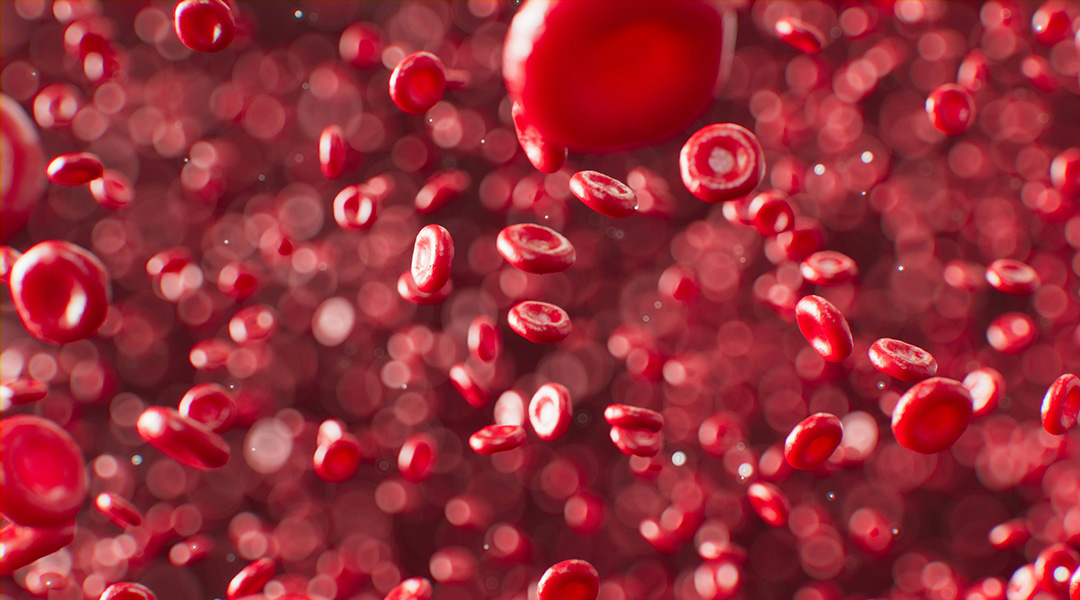
Ibuprofen’s effect on red blood cells: A prickly affair
An innovative imaging technique helps visualize in real-time how high doses of ibuprofen affect the integrity of red blood cells.

How taste shaped the use of ancient medicines
New findings reveal a link between our taste buds and what plants were used medicinally during ancient times.
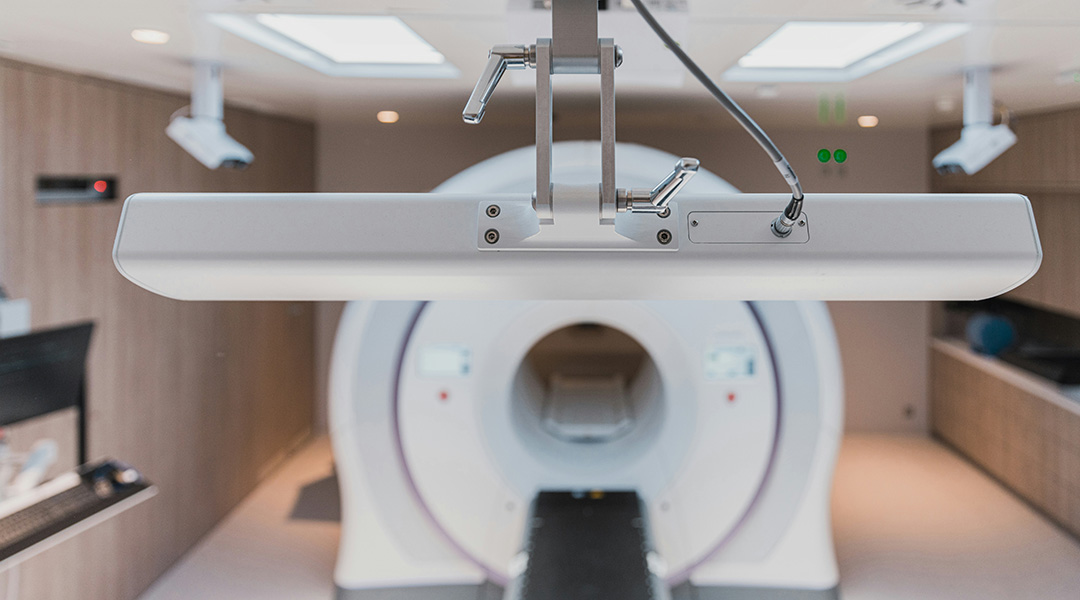
MRI-guided robotic positioner could help treat brain disease
The system could be used by surgeons performing procedures to treat brain tumors and Parkinson’s disease.

Nanomotors may help arthritis medications get to joints
Injected arthritic drugs often get stuck in the sticky synovial fluid found between the joints, but tiny nanomotors may help liberate them.
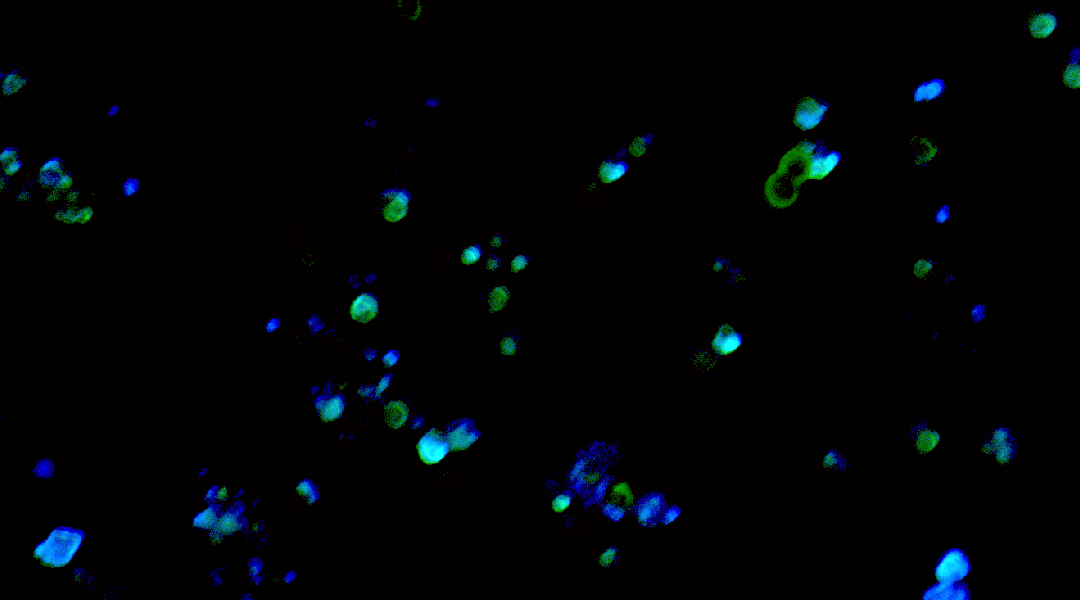
Algae-based microrobots clean up plastic waste
Swarms of iron-clad algae have been built to sweep through bodies of water to collect elusive bits of micro- and nanoplastics.
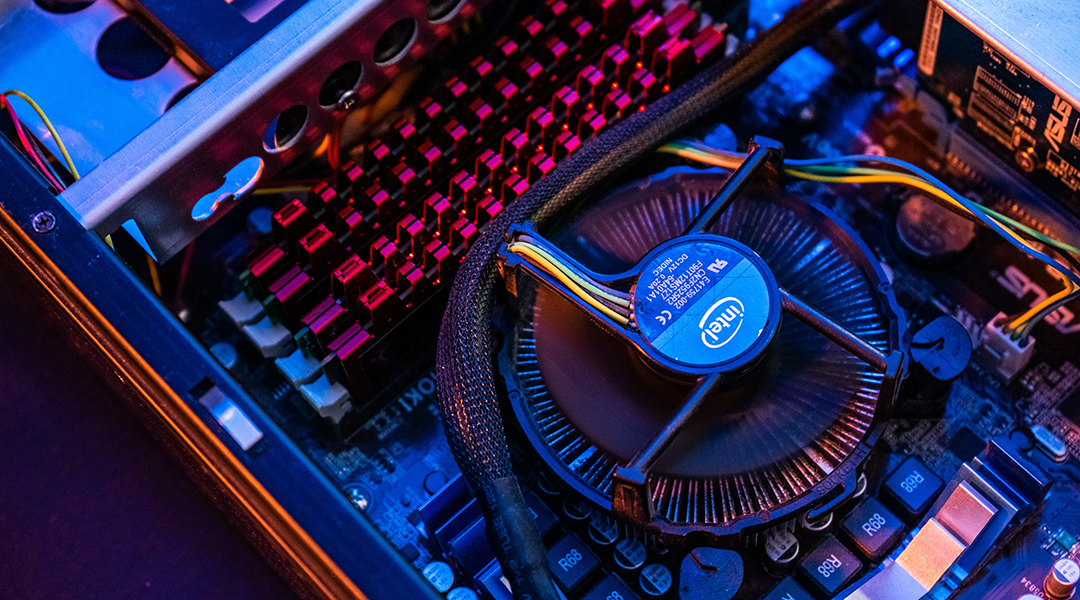
How education can help the “right to repair” movement
Through awareness and education, individuals may become more conscious of their future spending choices, ultimately contributing to the success of the right to repair movement.

New AI-powered device monitors breathing to combat sleep apnea
Sleep apnea patients may soon sleep easier thanks to a comfortable, remote wearable device that tracks breathing patterns with the help of AI.

Self-powered nanosensor to transform vehicle safety
Drawing power from the electrical fields of nearby objects, this nanosensor enhances vehicle safety and slashes energy consumption.

One step closer to sustainable fuels with a low-cost, solar-driven photoreactor
An innovative photoreactor concept achieves commercially viable performance indicators for a broad variety of solar-driven reactions.

Tough but stretchable material could improve rechargeable lithium batteries
A tough gel electrolyte protects lithium metal anodes for safer and more efficient rechargeable batteries.

A man-made cloud: Device generates electricity from thin air
A device that generates electricity using moisture in the air could be the future of sustainable power generation.

Scientists achieve 100 million degrees Kelvin with new compact fusion reactor
The most compact nuclear fusion reactor built to date could provide a more affordable and sustainable means of future fusion energy.

Inspired by the butterfly, deep learning sheds new light on nanoscale colors
Manipulating light on the nanoscale allows scientists to create specific structural colors that do away with the need for potentially harmful dyes.

Topological insulators could herald a new future for electronics
Promising candidates for efficient future electronics, researchers are exploring these exotic materials for better computer memory, hard drives, even quantum computers.

Could axions be the missing piece in the dark matter puzzle?
Using the galactic glow of dwarf galaxies, researchers investigate a hypothetical particle called an axion as a possible contender for dark matter.
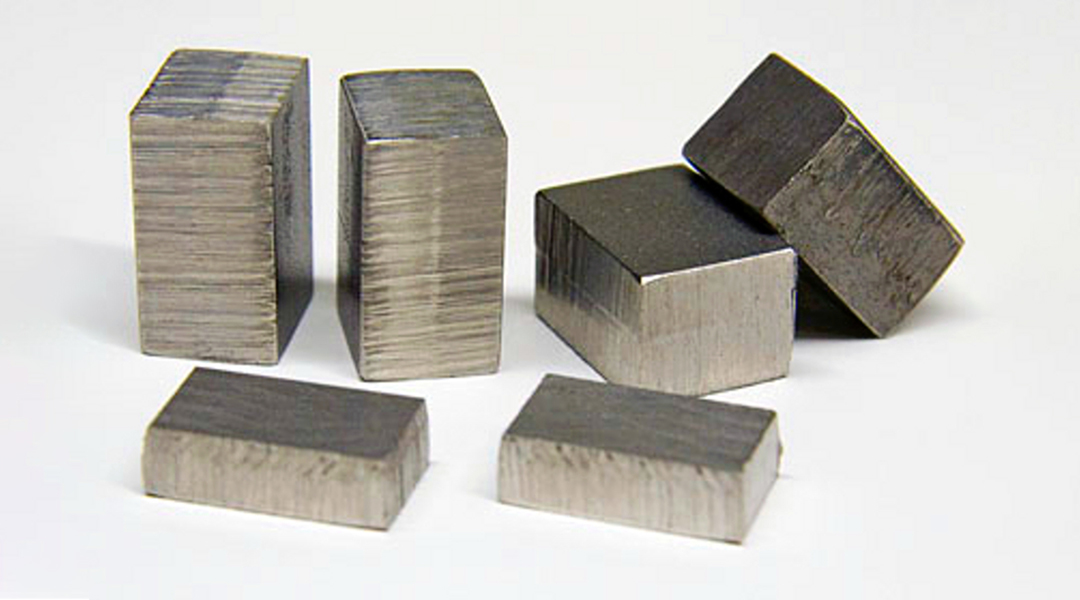
Why do some alloys not expand when heated?
With a unique experimental setup that measures magnetism and atomic vibrations, scientists finally shed light on a unique property of Invars, which don’t expand when heated.
